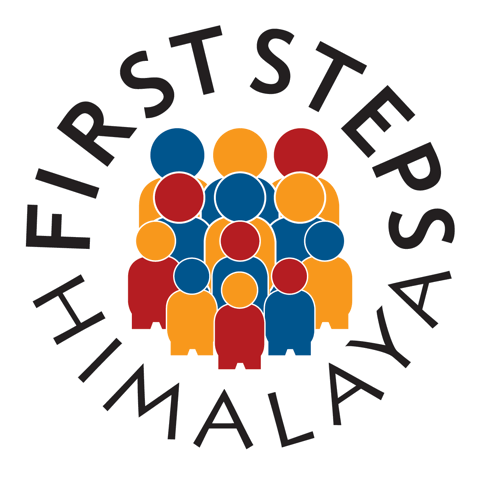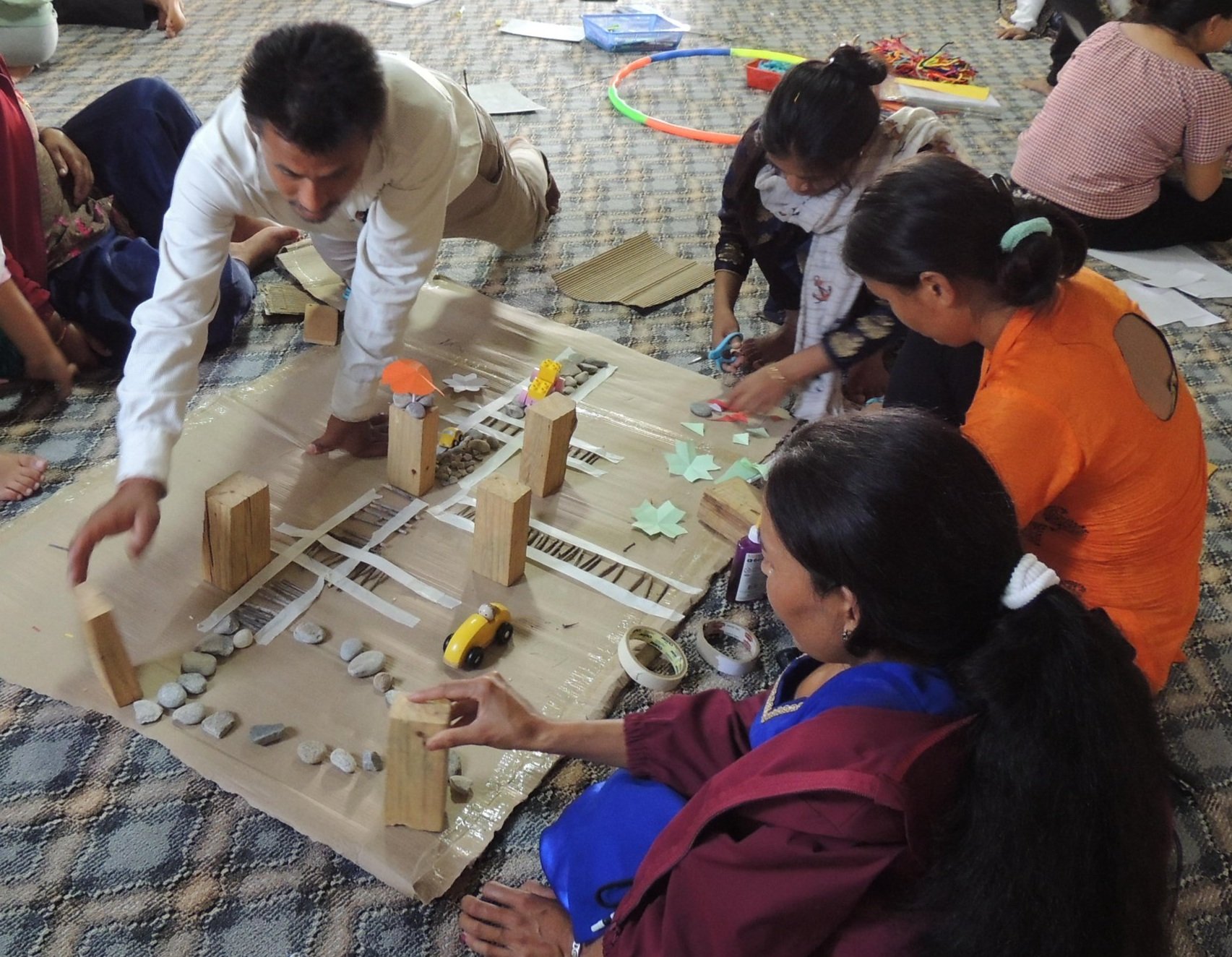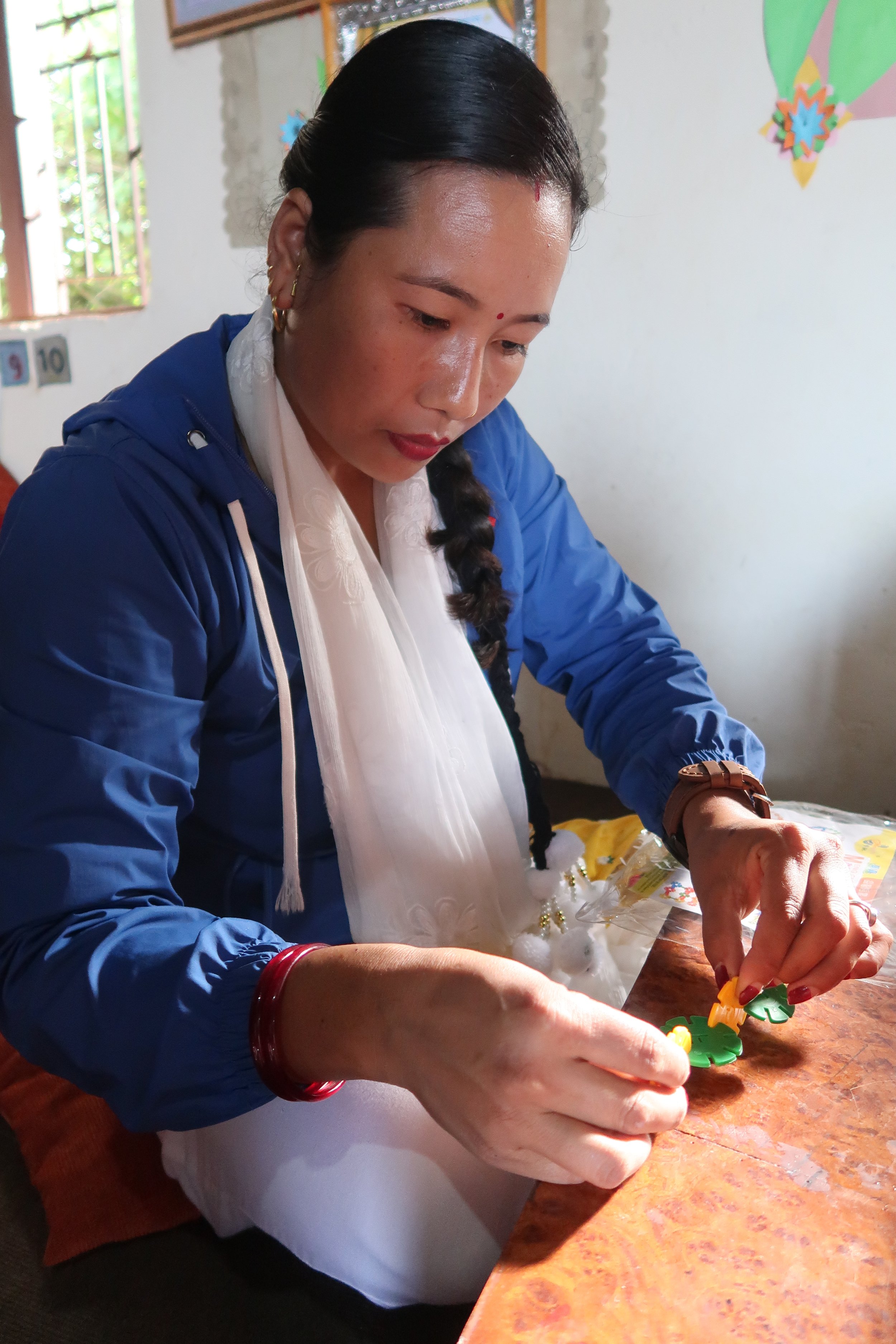The Power of Early Years Education in Rural Nepal
In the villages of rural Nepal, access to quality early years education remains a significant challenge. Whilst there are pre school classes in most schools, very few follow the play based learning methods that are essential for quality early years learning.
Sangachok before our projects
The ECD classroom at Sangachok now
Therefore, many young children miss out on the crucial foundation needed to thrive academically and socially. However, investing in quality early childhood education can be a game-changer, breaking the cycle of poverty and creating brighter futures. We at First Steps Himalaya are committed to providing young learners in rural Nepal with the opportunities they deserve.
The Challenges of Early Childhood Education in Rural Nepal
Limited Access to Trained Teachers – Experienced early childhood educators are scarce, and many existing teachers lack the basic fundamentals of early years education.
Lack of Infrastructure – Many rural schools lack suitable classrooms for dedicated early learning centres.
Prioritisation- Most schools prioritize the classes for senior children and fail to appreciate the need for more emphasis on early years education.
Why Early Years Education Matters Studies show that early childhood education significantly impacts cognitive development, social skills, and lifelong learning abilities. Children who receive quality early education are more likely to excel in school, secure better job opportunities, and contribute positively to their communities. By focusing on the early years, we can ensure that children in rural Nepal have a strong foundation for success.
How First Steps Himalaya is Making a Difference We believe every child deserves the best possible start in life. Our programs focus on:
Equipping Learning Centres – We work with schools to create safe, engaging environments where young children can learn and grow.
Teacher Training and Support – By providing specialized training, we empower educators to deliver high-quality early childhood education.
Providing Learning Materials – Many schools lack even the most basic resources, so we supply books, toys, and learning materials tailored to young learners.
Community Engagement – We collaborate with parents and local leaders to raise awareness of the importance of early education.
How You Can Help Your support can make a real difference in the lives of young children in Nepal. Here are some ways to contribute:
Donate – Your contributions help us build schools, train teachers, and provide essential learning materials.
Spread Awareness – Share our mission with your network to help us reach more supporters.
Join one of our Himalayan tours - Our social enterprise Beyond The Clouds offers small group tours in Nepal and Bhutan including walking holidays and unique ‘Visit our Projects’ tours. We also organise walking holidays, treks and cultural tours. Visit our tour website www.beyondtheclouds.org.nz. All profits from these tours support our work in rural Nepal.
Early years education is a crucial investment in Nepal’s future. By addressing the challenges and providing young children with the tools they need to succeed, we can transform lives and communities. Join us in making quality early education a reality for every child in rural Nepal.

































































































































































































































